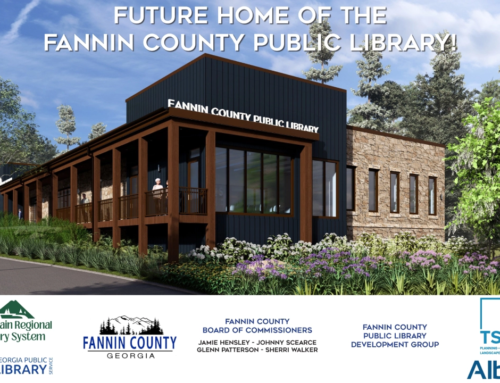The Benefits of BIM
Over the past few years, TSW has been utilizing a cutting-edge drafting and design technology called Building Information Modeling (BIM) to streamline the architectural and engineering process. This technology allows us to create detailed 3D models of our projects, component by component, using the Autodesk Revit software. By building a project virtually in three dimensions, we can easily slice and query the model to create construction documents, legends, takeoffs, and loads, among other things.
BIM represents a major shift from the traditional 2D CAD design process, as it allows us to build “smart” objects that are far more detailed and nuanced than simple lines and shapes. This level of detail and sophistication has numerous advantages in terms of project planning and execution. For one, it enables faster and more cost-effective investigation of the design from multiple angles, reducing the risk of errors or oversights. Additionally, BIM’s automated conflict detection capabilities help to ensure that all architectural and engineering disciplines are aligned and working together seamlessly.
Another advantage of BIM is that it provides virtually limitless 3D perspective rendering and walk-through capabilities, which can be highly valuable to project owners. By providing detailed, interactive views of the project before construction even begins, BIM helps to minimize the risk of costly errors or changes down the line.
Overall, the adoption of BIM technology by TSW represents a major step forward in the design and construction industry. By utilizing this advanced tool to create detailed, comprehensive 3D models, we are able to streamline the planning and execution of projects, reduce the risk of errors and oversights, and provide unparalleled insights and perspectives to our clients. As such, we remain committed to staying at the forefront of this exciting technology and leveraging it to deliver exceptional results for our clients.
Suwanee Police Substation images on the left were generated via BIM at 75% CDs, and images on the right are recent photographs.






